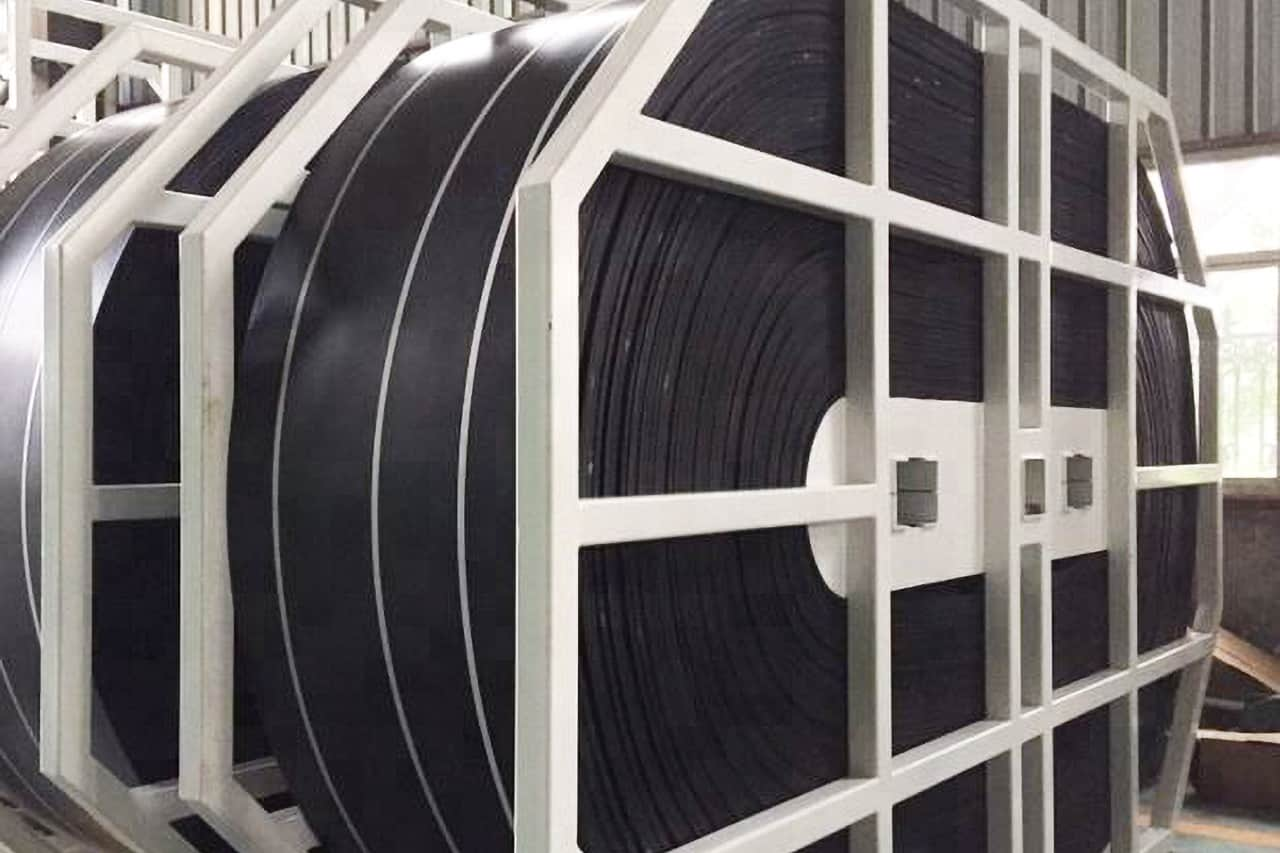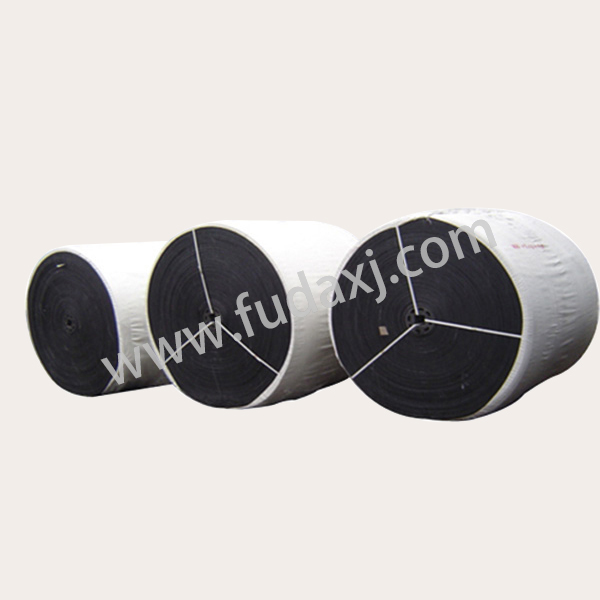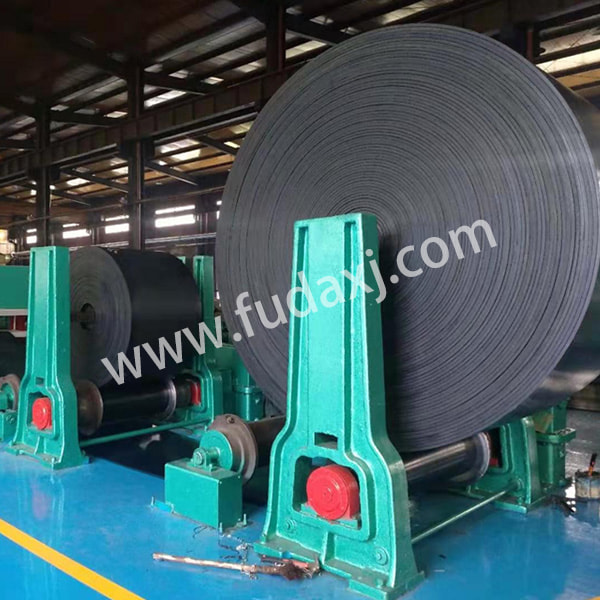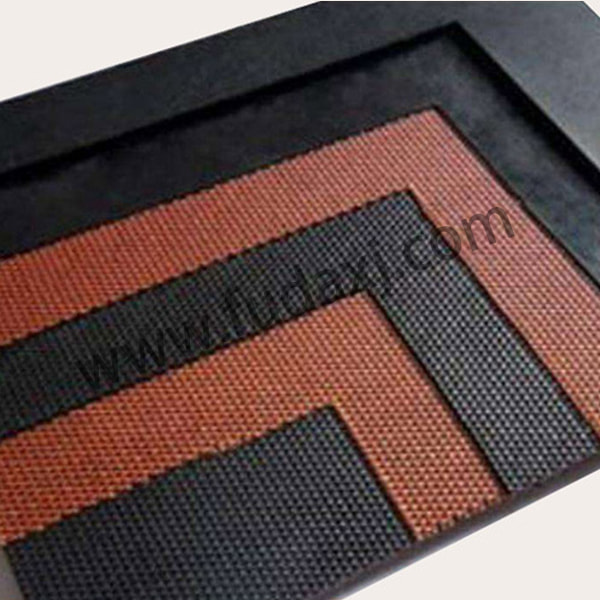
Compared with its transportation mode, nylon conveyor belt has the advantages of safe operation, low freight, continuous transportation and short transportation distance. Nylon conveyor belt has become a substitute for highway and railway transportation in a certain range. This kind of conveyor belt is suitable for conveying blocky, granular and powdery materials without special corrosivity at normal temperature under general conditions.
① During transportation and storage, the conveyor belt should be kept clean, avoid direct sunlight or rain and snow, and avoid contact with acid, alkali, oil, organic solvent and other substances, and be one meter away from the heating device.
② During storage, the temperature in the warehouse should be kept between - 18co-40co and the relative humidity should be kept between 50-80%.
③ During storage, the products shall be placed in rolls and not folded. During storage, the products shall be turned over once a quarter.
④ The conveyor belts with different types, specifications and layers should not be connected together, and the joint should be glued.
⑤ The type, structure, specification and number of layers of conveyor belt should be selected reasonably according to the service conditions.
⑥ The running speed of conveyor belt should not be more than 2.5 m / s. low speed should be used as far as possible for materials with large block size and wear resistance and fixed discharge device.
⑦ The relationship between the diameter of the driving roller and the cloth layer of the conveyor belt, the matching of the driving roller and the steering roller, and the requirements of the idler groove angle should be reasonably selected according to the design regulations of the conveyor.
⑧ The feeding direction should be along the running direction of the belt. In order to reduce the impact of material falling on the belt, the chute should be used to reduce the falling distance of the material. In the receiving section of the belt, the distance between the idlers should be shortened and the buffer idlers should be used. In order to prevent material leakage, the belt side should be provided with a soft and moderate baffle plate, so as to prevent the baffle plate from being too hard and scraping the belt surface of the belt.
⑨ The conveyor belt should pay attention to the following items during use:
(1) Avoid the idlers being covered by materials, resulting in poor rotation, to prevent leakage stuck between the drum and the belt, pay attention to the lubrication of the moving part, but do not oil the conveyor belt;
(2) Avoid starting with load;
(3) In case of belt deviation, timely measures should be taken to correct it;
(4) If local damage is found, it should be repaired in time to avoid expansion;
(5) Prevent the tape from being blocked by frame, pillar or block material to prevent cracking.
 English
English 简体中文
简体中文 Español
Español عرب
عرب
 English
English





 Fax: 0086-576-83019528
Fax: 0086-576-83019528